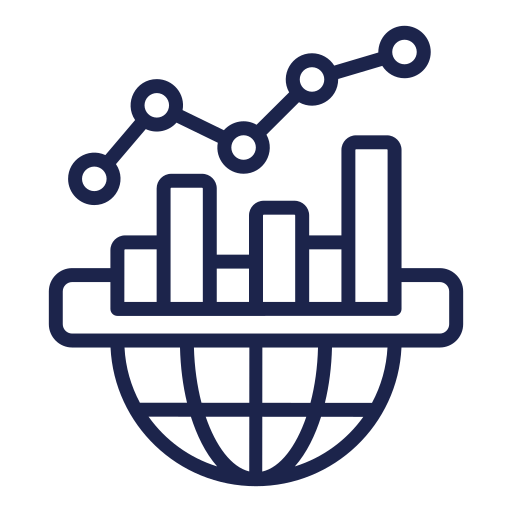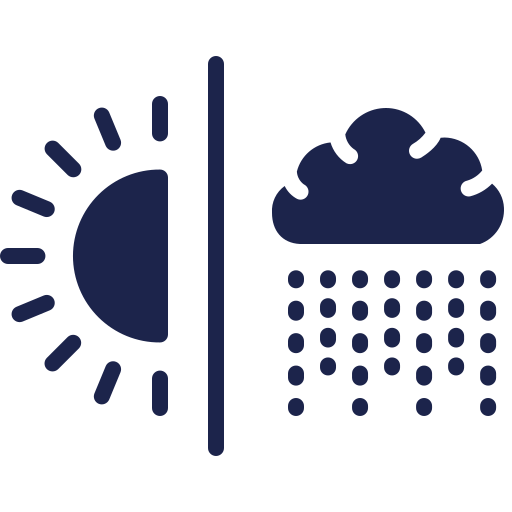route optimization
Route optimization is the process of improving travel routes for greater efficiency, cost-effectiveness, and time savings. It involves planning the fastest and most economical paths for vehicles, especially for businesses with multiple stops or mobile services. Effective route optimization can help maximize resource utilization and reduce operational costs.

route optimization
Route optimization is the process of improving travel routes for greater efficiency, cost-effectiveness, and time savings. It involves planning the fastest and most economical paths for vehicles, especially for businesses with multiple stops or mobile services. Effective route optimization can help maximize resource utilization and reduce operational costs.

features
Route optimization offers numerous benefits

Cost Savings
Reduces fuel consumption and vehicle wear and tear, leading to lower operating costs.

Data-Driven Insights
Provides analytics on travel patterns, which can inform future planning and operational strategies.

Increased Productivity
Enables drivers to complete more deliveries or tasks in a shorter period, improving overall productivity.

Enhanced Resource Management
Businesses can better manage their fleets, ensuring optimal use of vehicles and driver scheduling.

Better Resource Management
Helps allocate resources, such as vehicles and drivers, more effectively based on demand and scheduling.

Real-time Adjustments
Many optimization tools allow for real-time routing changes in response to traffic, weather, or other unexpected conditions.

User-Friendly Interfaces
Many modern solutions come with intuitive interfaces, making it easier for users to plan and adjust routes as necessary.

Reduced Environmental Impact
By optimizing routes, emissions and fuel consumption decrease, contributing positively to sustainability efforts.

Integration with Other Systems
Many route optimization tools can integrate with existing logistics and fleet management systems, offering seamless operation.

Time Efficiency
Minimizes travel time, allowing for quicker deliveries or services, which can enhance customer satisfaction.

Enhanced Customer Satisfaction
Timely deliveries and services can lead to happier customers and improved business reputation.
Route optimization software
Route optimization software uses algorithms and data analysis to determine the most efficient paths for travel, accounting for various factors. Here's how it generally works:

- Data Input: Users input relevant data, including starting points, destination addresses, stop priorities, vehicle capacities, time windows, traffic patterns, and any restrictions (like road closures).
- Algorithm Application: The software employs routing algorithms (e.g., Dijkstra’s algorithm, A* algorithm, or genetic algorithms) to analyze the data. These algorithms calculate the best route options based on the criteria provided.
- Consideration of Factors: The software takes various factors into account:
- Distance and Travel Time: It evaluates the shortest or fastest routes based on current map data.
- Traffic Conditions: Real-time or historical traffic data can be included to anticipate delays.
- Driver Schedules: It can adhere to specific time windows or availability restrictions for deliveries or service appointments.
- Vehicle Specifications: Considerations for vehicle size, capacity, and restrictions (e.g., weight limits) may be factored in.
- Route Generation: After analyzing the data, the software generates optimized routes, often visualizing them on a map. Some software allows for dynamic re-optimization in case of unexpected changes, such as traffic accidents or road closures.
- Reporting and Adjustment: Users can usually generate reports on route efficiency, costs, and other metrics. Adjustments to routes can be easily made based on user feedback or real-time changes.
Route optimization software
Route optimization software uses algorithms and data analysis to determine the most efficient paths for travel, accounting for various factors. Here's how it generally works:

- Data Input: Users input relevant data, including starting points, destination addresses, stop priorities, vehicle capacities, time windows, traffic patterns, and any restrictions (like road closures).
- Algorithm Application: The software employs routing algorithms (e.g., Dijkstra’s algorithm, A* algorithm, or genetic algorithms) to analyze the data. These algorithms calculate the best route options based on the criteria provided.
- Consideration of Factors: The software takes various factors into account:
- Distance and Travel Time: It evaluates the shortest or fastest routes based on current map data.
- Traffic Conditions: Real-time or historical traffic data can be included to anticipate delays.
- Driver Schedules: It can adhere to specific time windows or availability restrictions for deliveries or service appointments.
- Vehicle Specifications: Considerations for vehicle size, capacity, and restrictions (e.g., weight limits) may be factored in.
- Route Generation: After analyzing the data, the software generates optimized routes, often visualizing them on a map. Some software allows for dynamic re-optimization in case of unexpected changes, such as traffic accidents or road closures.
- Reporting and Adjustment: Users can usually generate reports on route efficiency, costs, and other metrics. Adjustments to routes can be easily made based on user feedback or real-time changes.
Applications
- Delivery Services: Ensuring timely deliveries with minimal fuel expenses.
- Field Service Management: Optimizing service calls and engineer routes.
- Logistics and Supply Chain: Enhancing the distribution of goods efficiently.
benefits

Reduced travel time and fuel costs.

Increased operational efficiency

Enhanced customer satisfaction through timely services.

Applications
- Delivery Services: Ensuring timely deliveries with minimal fuel expenses.
- Field Service Management: Optimizing service calls and engineer routes.
- Logistics and Supply Chain: Enhancing the distribution of goods efficiently.
benefits

Reduced travel time and fuel costs.

Increased operational efficiency

Enhanced customer satisfaction through timely services.

factors
Several factors can significantly affect route optimization, including:

Distance and Travel Time
The geographic distance between stops and the estimated time to travel between them are fundamental.

Traffic Conditions:
Real-time traffic data can impact travel time due to congestion, accidents, or road closures.

Vehicle Constraints:
Different vehicles may have varying capacities, speeds, and fuel efficiencies, which can influence the best route.

Stop Priorities
Some stops may have higher priority than others based on delivery windows or urgency.

Road Types:
Different types of roads (highways, urban roads, rural routes) can affect speed and travel time.

Weather Conditions
Adverse weather can alter routes due to safety concerns or road closures.
